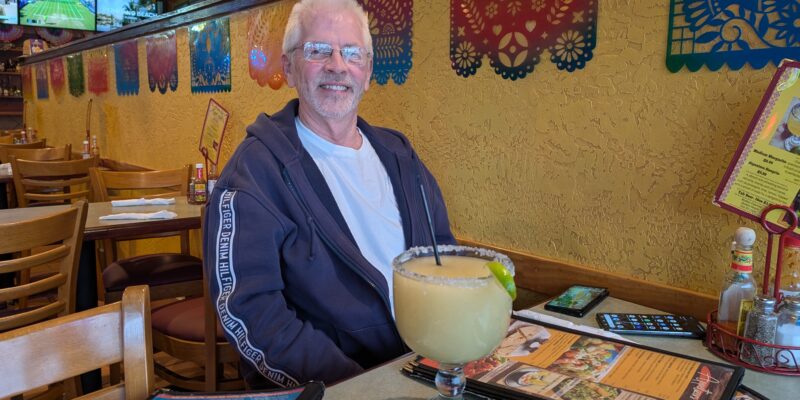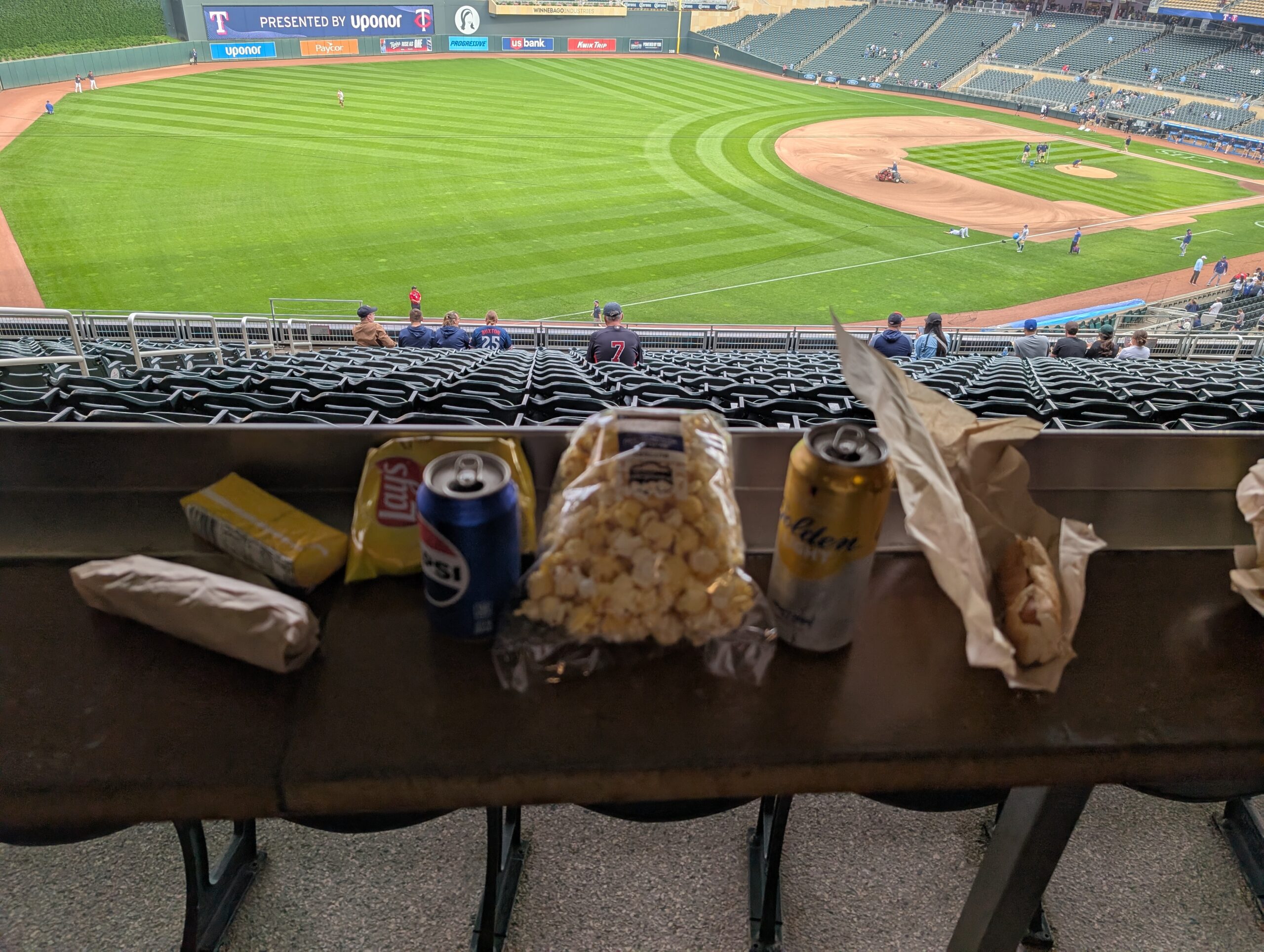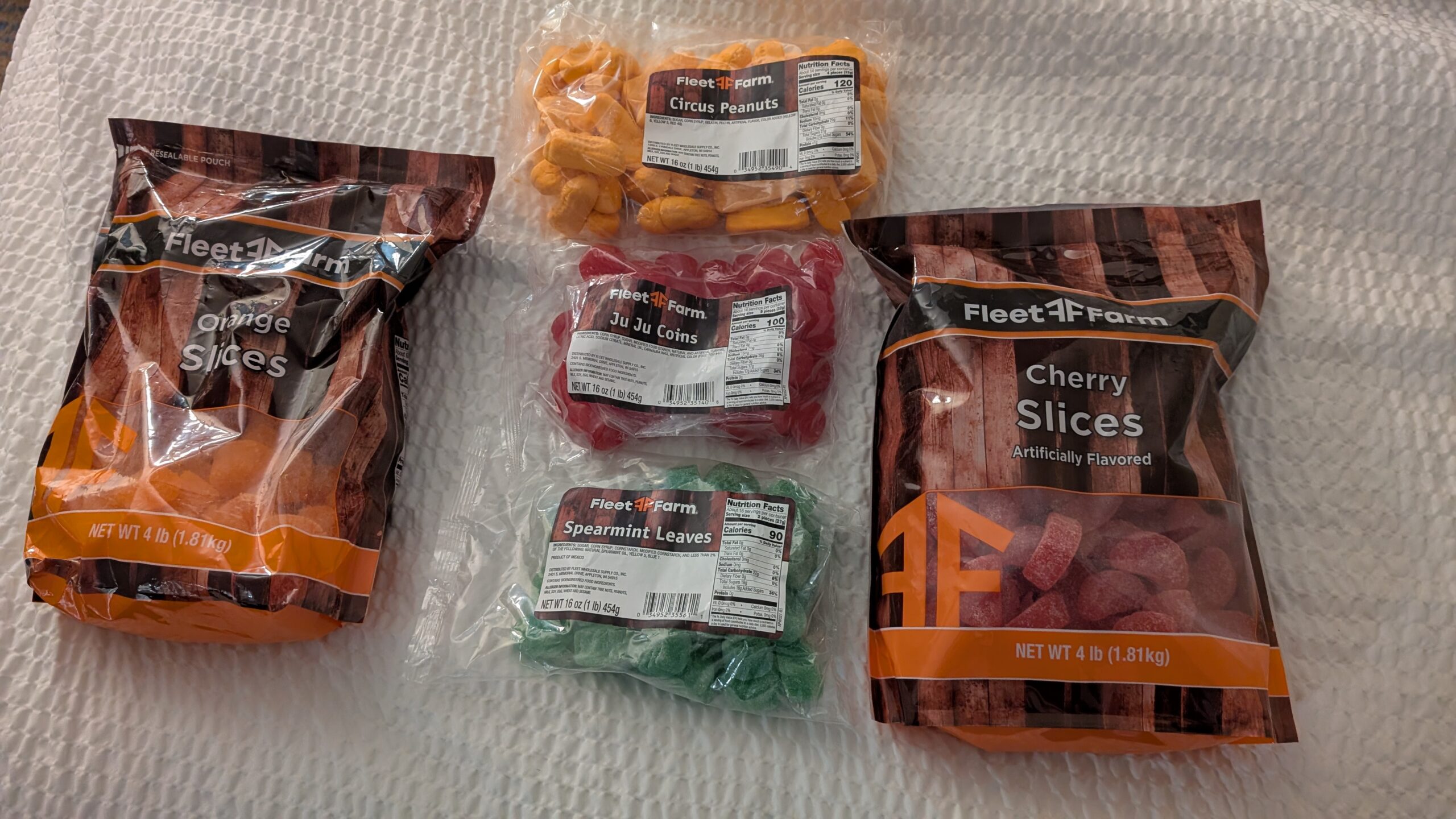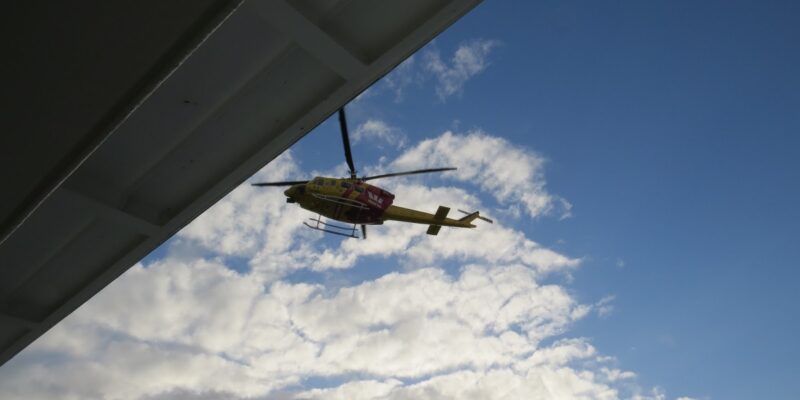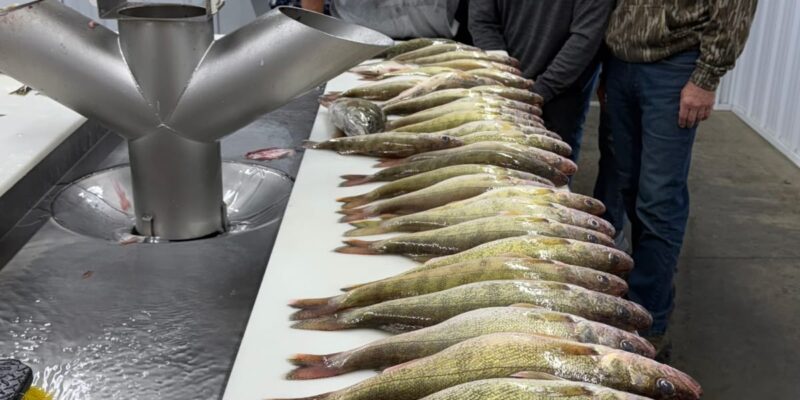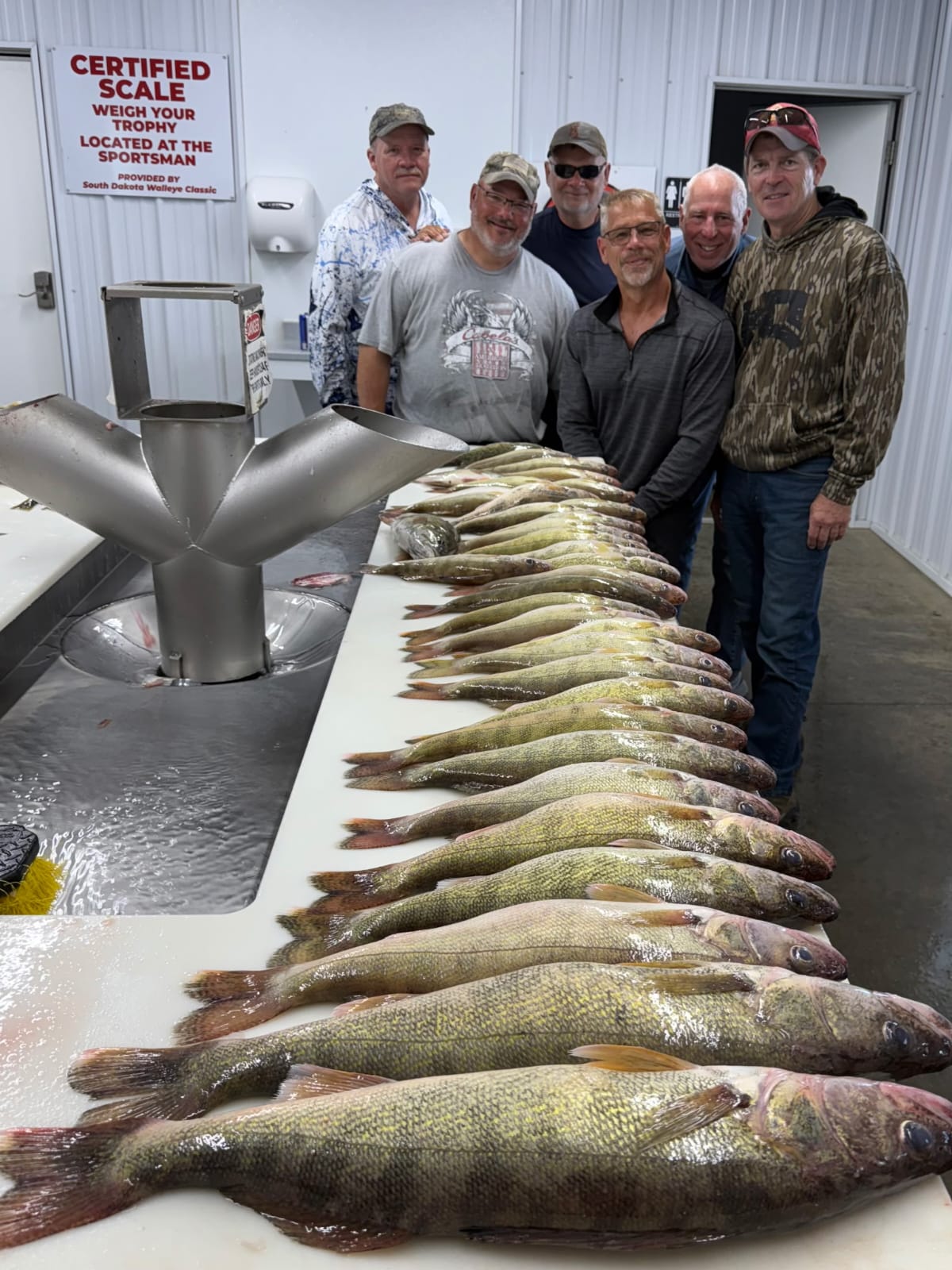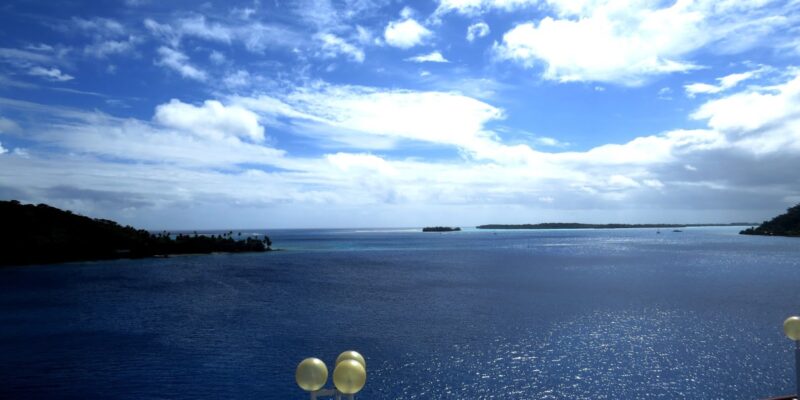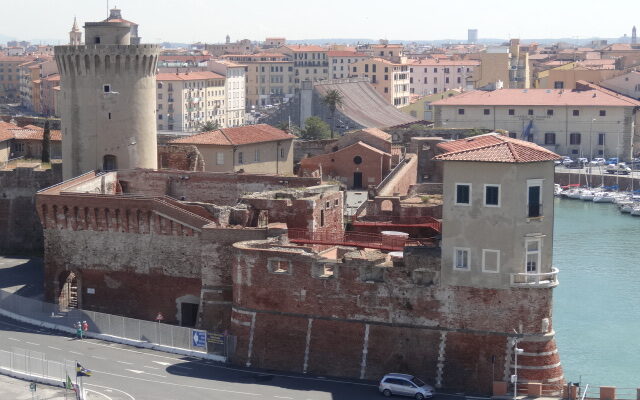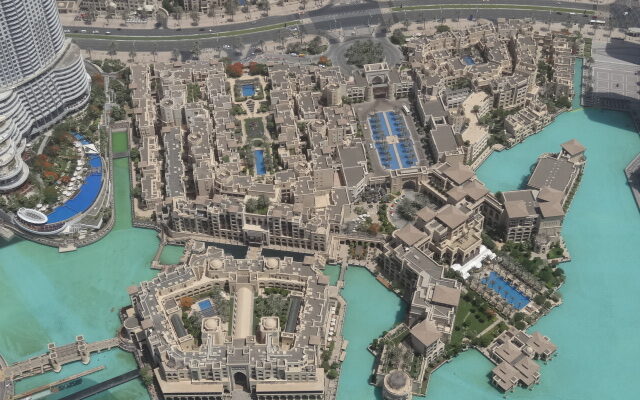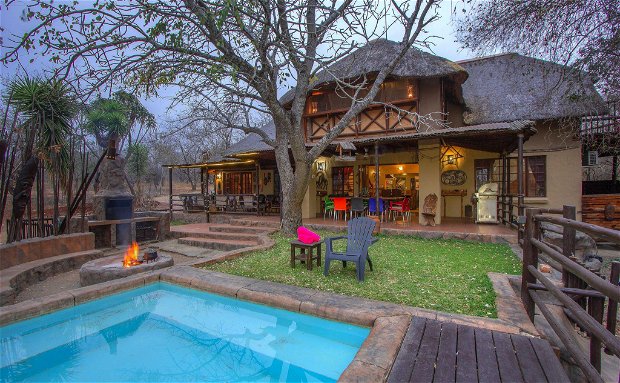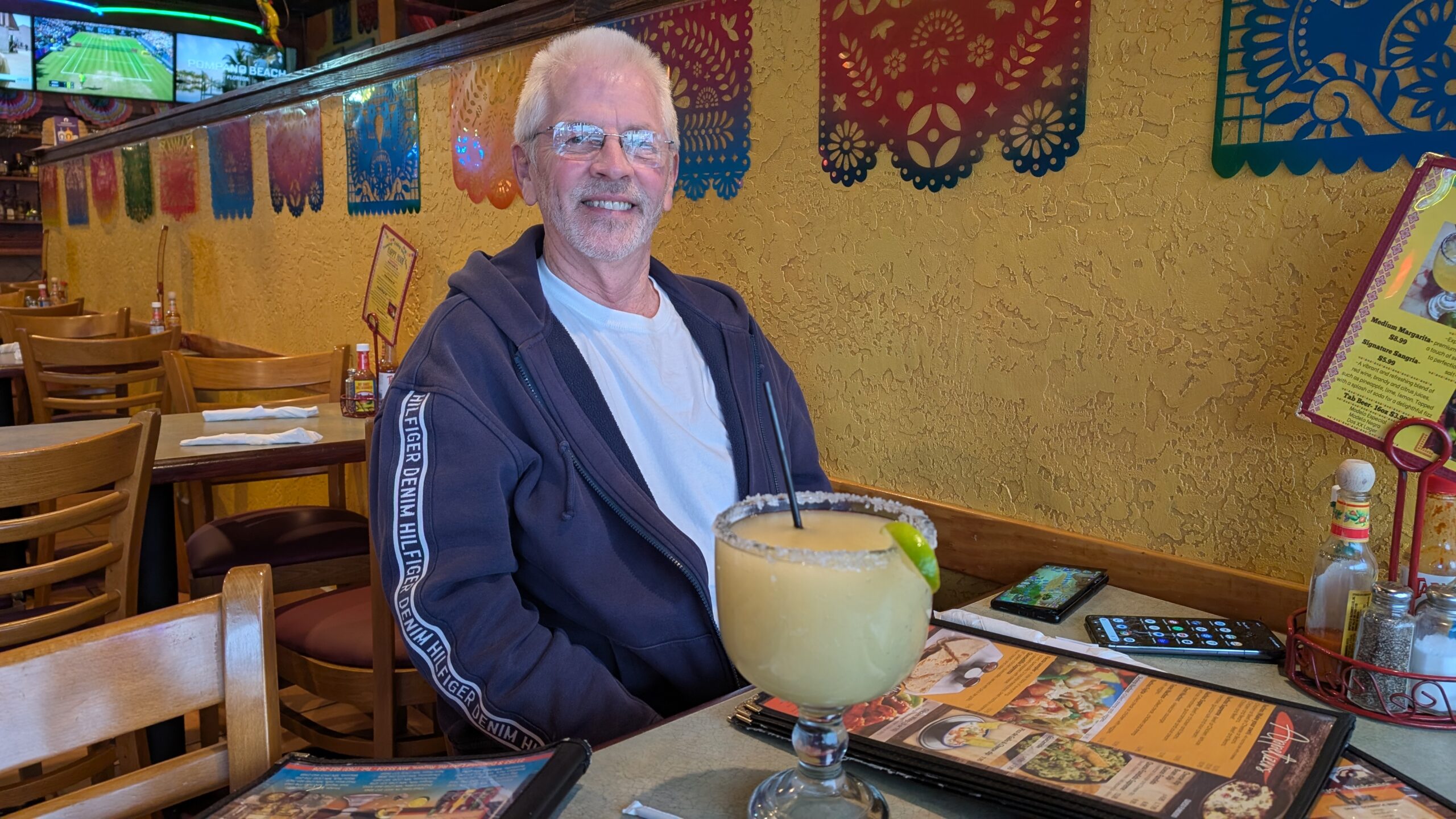
We had another fantastic evening last night at dinner with Greg, Maisie, and her boyfriend, Dakota, Miles, Madigan, Heather, and her daughter, Andi, at the same Mexican restaurant where we dined a year ago on our last night together.
Although the restaurant had changed hands in the past year, the food, ambiance, and service were all exemplary. But, most of all, being together one last time before we depart in two days was the most pleasing after many excellent get-togethers over the past three weeks since we arrived in Minnesota for Maisie’s graduation.
The kids have grown up so much, and we couldn’t have enjoyed them more. Each time we got together, the conversations and laughter flowed with ease, warming our hearts.
The same warm feelings were experienced with Tom’s adult kids and grandchildren on several occasions when we spent precious time with them.
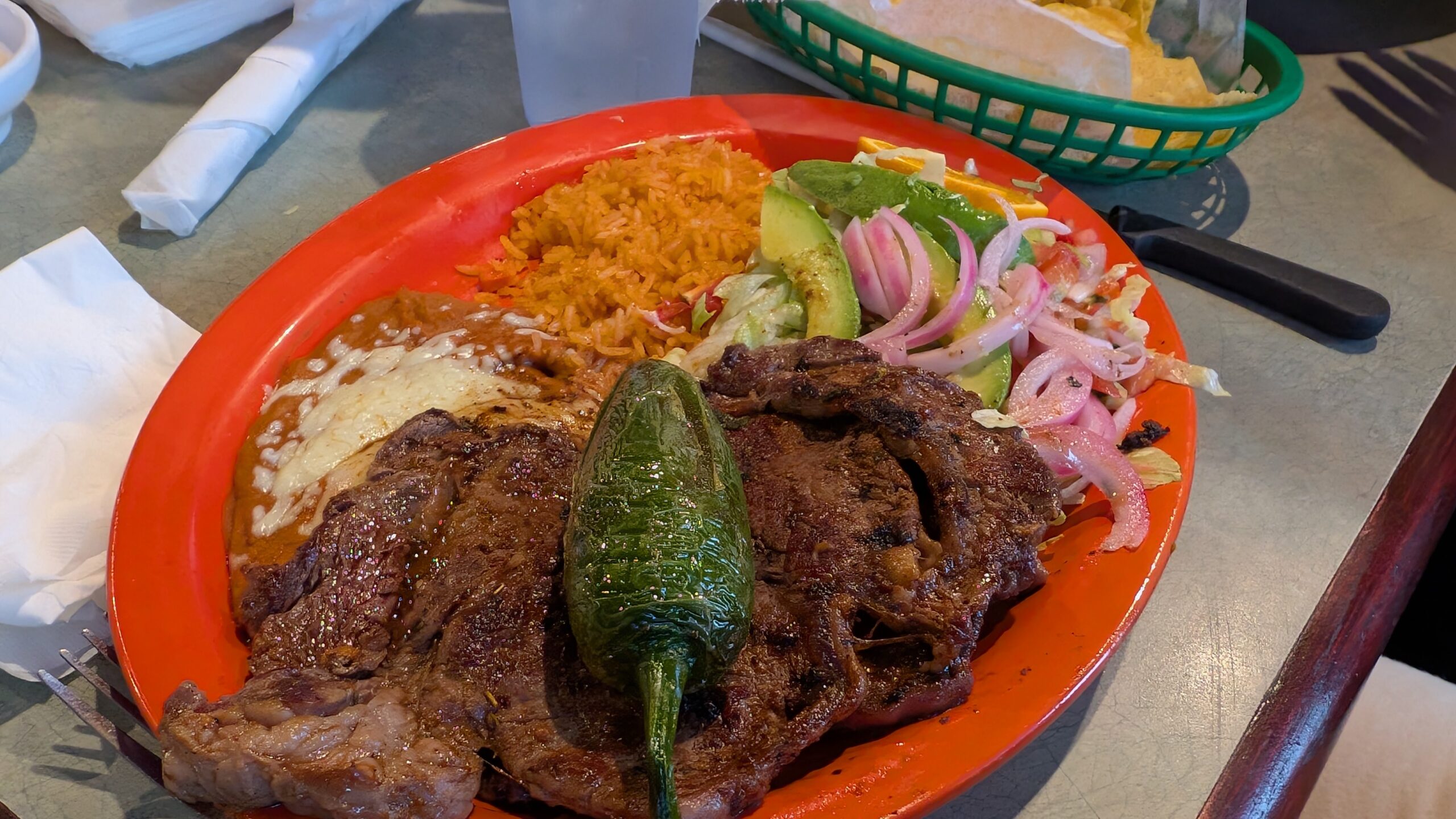
Today will be the last time for happy hour and dinner at Billy’s Bar and Grill in Anoka with Tom’s siblings and some nieces and nephews. As much as I’d like to go and say goodbye to everyone, I think that today, I need a day to finish laundry and prepare for our upcoming extended journey back to South Africa on Sunday. Tom will pick up his sisters this afternoon and head to Billy’s.
I will stay behind, awaiting the arrival of our final few packages today and finalizing some of the packing. We’re in good shape, although we will be overweight in one of our two bags. We purchased a lot of clothes and supplies while we were here, and Tom got his dress suit from Greg, who had been storing it for him.
I purchased two pairs of shoes, Tom purchased one, but we have yet to discard the old shoes, figuring we’d wear them and the old clothes during our remaining three months in South Africa. Additionally, we needed to restock several supplements and health supplies that were taking up space and weight.
Additionally, Tom purchased enough Crystal Light Iced Tea to last a year, until our return to the US next year for Miles’ graduation, and I bought an equal-sized supply of Good Earth caffeine-free tea bags to make my healthy iced tea. Both of these options took up a lot of space, but neither of us is willing to drink endless bottles of water, which would further pollute the environment.
We use pitchers to make our respective iced teas and load our mugs for daily drinking, as well as when we go out and about. I never added up how many plastic water bottles we avoid using, but it’s in the thousands each year.
That’s it for today, folks. Thanks to our readers for hanging in there with us during this three-week family visit. We’ll be back to the bush in four days (including two travel days) and looking forward to seeing our animal and human friends soon.
Be well.
Photo from ten years ago today, June 13, 2015:


